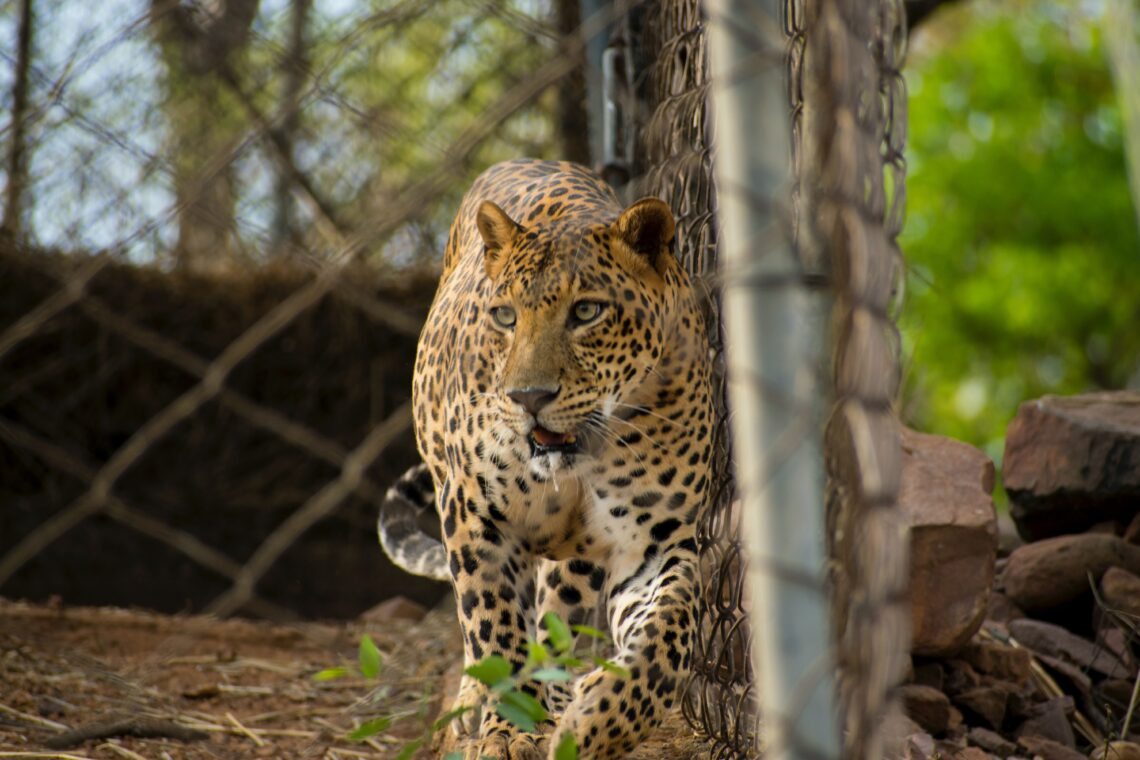
The ethics of zoos
I have always been an animal lover. Growing up, I enjoyed visiting the zoo as a way to learn about animals that I would never be able to otherwise observe or encounter up close. But as time went on, the animal lover inside of me began to wonder if zoos are really as great as I thought them to be. It made me question: wouldn’t the animals be happier in the wild?
Turns out, the answer to my question isn’t as easy as yes or no.
There are over 100 zoos across Canada, all of which operate differently depending on size, provincial regulations and the organization’s goals.
In 2020, World Animal Protection assessed laws across Canada for its effectiveness in protecting animals. On a ranking scale from A (very good) to G (very bad), Canada received a grade of D for policies to safeguard animals, and an E for regulations on how animals are kept in captivity.
Of the provinces, Ontario has the weakest zoo regulations. There are no provincial regulations for the keeping of exotic animals. Licensing of zoos is left to municipal governments, meaning there are many places within Ontario with no legislation on the proper conditions required to keep animals.
This lack of regulation means many zoos do not act in the best interest of the animals, making little contribution to conservation and subjecting animals to unsuitable conditions by keeping them in small enclosures or allowing humans to touch them.
This is not to say that all zoos are the enemy. There are places that try to provide proper environments, work towards rehabilitation and aim to re-release animals back into their natural habitats when they are ready.
In my opinion, zoos that focus on what is best for the animal should be the only time they can be kept in captivity. If a zoo cannot meet the needs of the animals they keep, then they should not exist. Zoos that properly help and care for animals are just as fun and educational for animal lovers such as myself. But there is no reason for animals in captivity to be treated poorly.
Breeding and conservation
Oftentimes zoos claim to be focused on animal welfare, with a goal to sustain varied species and keep them from going extinct. The Toronto Zoo, for example, breeds blanding’s turtles and releases them into the Rouge River, as well as helps restore other populations to the wild such as trumpeter swans, black-footed ferrets and eastern loggerhead shrikes.
These programs are beneficial when they are successful, but they often do not work as well as they are advertised. The goal should be to provide animals with the support they need to eventually return to their natural habitat, if possible. But most breeding programs are unable to return animals to the wild because of the unnatural habitat they are born in and the stress that they experience while being forced to reproduce.
From 1974 to 2014, 40 species of animals were bred with the goal of being released in North America. Of those species, only 25 per cent were released—14 per cent of which were animals held at conservation zoos.
In addition to this, more than half of the animals displayed in most zoos are not endangered at all.
As zoos are rarely allowed to capture wild animals, many of the animals that exist in captivity have been bred strictly for the purpose of being displayed and have never known life outside of confinement. This diminishes their instincts to search for food and water, look for a mate and reproduce or travel great distances, which would make it almost impossible for them to survive on their own if returned to the wild.
Roadside zoos are a large part of the problem, as they never contribute to conservation efforts. A roadside zoo is defined as a facility that is typically run by amateur faculty and provides animals with only small cages and no stimulation.
Since animals are held together in captivity, it is common for unplanned births to occur. The offspring then end up with an unknown genetic history and continue to live in poor conditions, often in other roadside zoos or in the pet trade. Roadside zoos have produced approximately 10,000 hybrid tigers in North America.
Mistreatment
When I was 11-years-old, I visited Jungle Cat World in Orono, Ont. My excitement hit a high when I found out I could hold a lion cub for just $10. The photo of me sitting with the cub in my lap while it sucked on my finger is still framed in my parents’ living room. While I admit I enjoyed the experience, lions are not meant to be held by strangers.
In 2019, World Animal Protection examined how well zoos follow the guidelines set out by the World Association for Zoos and Aquariums (WAZA). One of the rules is to forbid visitors from getting up-close to the wildlife. They found that two Ontario zoos broke these guidelines: African Lion Safari in Hamilton and, you guessed it, Jungle Cat World. To this day, Jungle Cat World allows visitors to hold and get close to a range of wildcats and is not associated with WAZA.
As for the African Lion Safari, it was named the worst place for elephants in all of North America in March 2021 by advocacy group In Defense of Animals. The zoo forces elephants to do tricks such as lifting objects, bowling and painting. Additionally, they offer visitors the opportunity to ride the elephants.
Large animals like elephants also require a lot of land, as they are known to travel long distances each day in their natural habitats. But many zoos do not have the proper space for the animals they keep. A lack of stimulation and unacceptable environment conditions can cause animals to suffer socially, psychologically and physically. While some zoos try their best to make their enclosures comfortable, animals are not able to deal with living in a confined space.
Animals in zoos typically begin to exhibit unnatural behaviours in a case of psychosis. The most common behaviours are pacing, circling, swaying or biting the bars—all behaviours I have seen when visiting zoos. Not only does this show the discomfort the animals are experiencing, but does not really provide an educational environment for visitors to see how animals behave naturally.
Laws and regulations on what is acceptable in the treatment of animals need to be adjusted. It is not fair to harm animals strictly for entertainment purposes. This is not to say all zoos should be banned, but there should be stronger standards that prevent mistreatment of animals or breeding without any effort to re-release them back into their natural habitat.
About the author
Kayla Empey is a former copy editor for Youth Mind. She enjoys drinking tea, obsessing over Carrie Underwood and wearing plaid (she owns 16 flannel shirts).




